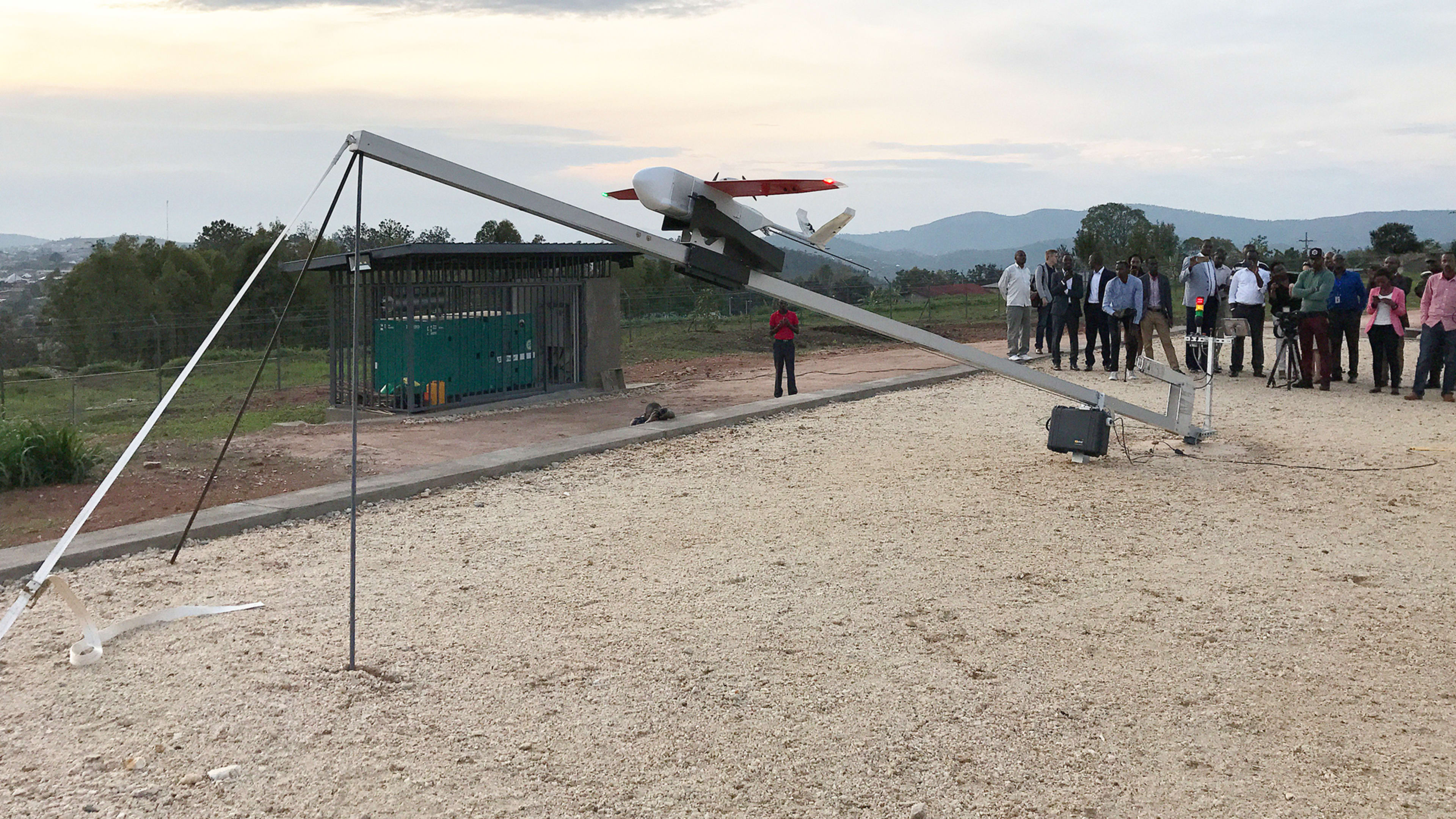Inside a drone delivery center in Rwanda–the first in the world to make medical deliveries at a national scale–staff answered an emergency call in July. A hospital needed blood for a 24-year-old woman who had just given birth by caesarian section. The hospital had transfused her with two units of blood. But she bled out of those units in 10 minutes.
“In that case, that mom is likely to lose her life–not just in the developing world, but even in the U.S. that mom is in a really difficult, dangerous position,” says Keller Rinaudo, CEO of Zipline, the startup that developed and runs the drone network for the Rwandan government, which supplies it with blood and other medical necessities to deliver to its far-flung clinics. “But in this case, the doctors called Zipline, started placing emergency orders, and Zipline basically instantly did delivery after delivery.”
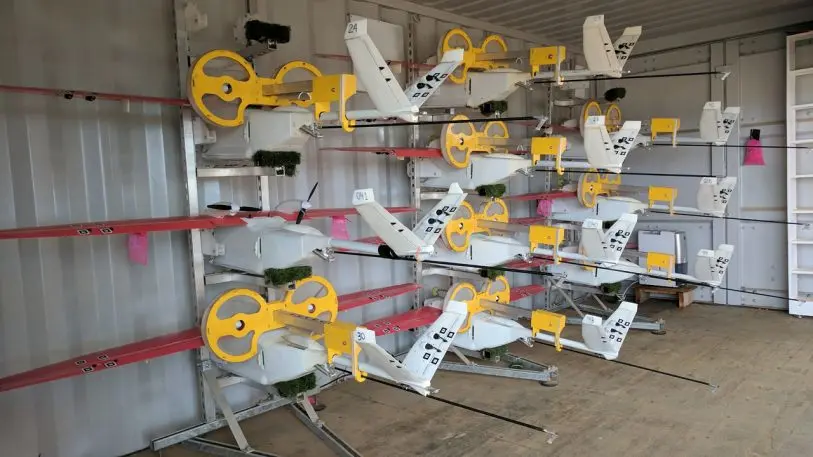
Since Zipline launched its network in Rwanda in October 2016, it has made 1,400 commercial deliveries of 2,600 units of blood; 25% of the time, those are emergency, lifesaving deliveries, as in the case of the 24-year-old mother. The system–which launched well before companies in other countries have been able to begin mass deliveries of less vital cargo, like packages or pizza–has proven that it works well enough that the company now plans to launch an even larger health delivery system with the Tanzanian government in 2018.
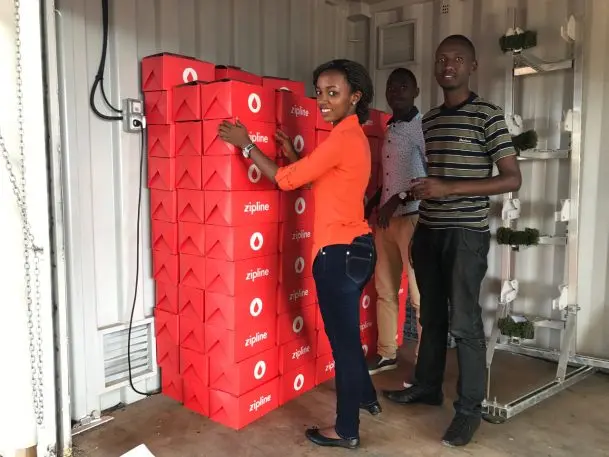
The core technology itself, a small autonomous plane called Zip, was developed to fly through any type of weather. “Two days ago, we were flying through a hurricane,” he says. When a doctor or nurse at a clinic or hospital requests blood via text message or a call, the order is packed on the drone, which flies at 62 miles an hour and can carry a little over three pounds of cargo. The delivery is dropped gently by parachute outside the health center, and health workers get a text message notification to go outside and pick it up.
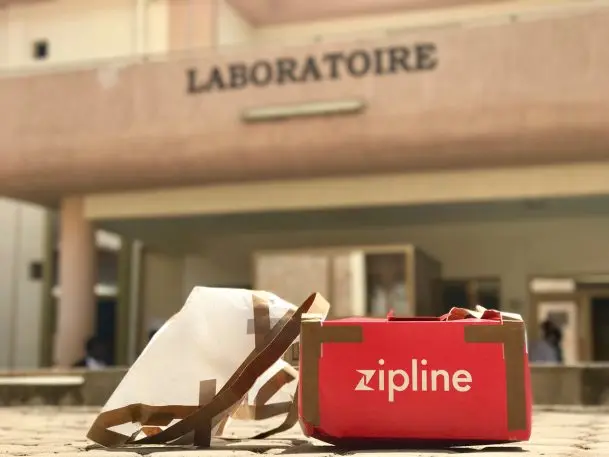
Zipline sees it as an opportunity to prove the next phase for its platform. “We’ve always had skeptics,” Rinaudo says. “Initially, the skeptics said, ‘Well, you’ll never going to build a plane that will fly.’ We built and had a plane flying, and they said, ‘Well, it will never work reliably.’ We were doing 100 flights a day. Then they said, ‘Well, no one will ever pay for it,’ and we signed a contract with Rwanda . . . now we’re operating at scale in a really smooth and reliable way. The next challenge is ‘okay, but this won’t work in a big country.’ That’s kind of why Tanzania is important: It’s disproving that next inevitable layer of skepticism.”
As the system was set up in Rwanda, the biggest challenges for the team came not from the technology but from everything else. “The technology is just the beginning and is not the hardest thing,” he says. The company had to find the land and build its distribution center and finish developing its product and software, but it also had to deal with regulatory issues and integrate with a complex healthcare system, and training health workers how to use it. The team also had to talk with local communities, helping people understand that the planes were saving lives, and not spying on them.
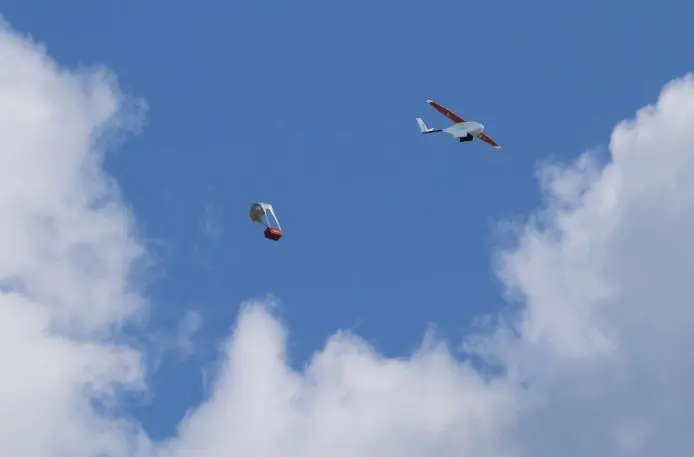
In Tanzania, the system will go a step further and deliver other medical supplies, such as anti-malarial drugs, HIV medicine, emergency vaccines, or insulin for diabetics to clinics that often now run out of stock. “By delivering those kinds of products on demand, we can essentially solve the problem of stock-outs, which has been considered basically intractable in global public health for like 50 or 60 years…it is possible that Tanzania will be the first country in the world to achieve 100% in-stock rates at all health facilities and hospitals,” he says.

Zipline plans to eventually bring similar systems to remote parts of the U.S. and other countries. “These problems we’re solving, like access to blood products and rural health–they’re not East Africa problems or developing world problems,” he says. “Rural health care is a huge challenge in the U.S. right now. Over the years, life expectancies improved dramatically in cities, and in many rural places it actually decreased…Rural health care is a challenge everywhere.”
Recognize your brand’s excellence by applying to this year’s Brands That Matter Awards before the early-rate deadline, May 3.
